Aquaculture uses a lot of ML — Manual Labor.
The other ML — Machine Learning — has the potential to improve the production and sustainability of Recirculating Aquaculture Systems (RAS).
This post introduces aquaculturists to key vocabulary, concepts, & issues related to ML and Artificial Intelligence (AI).
It also explains why AI won't be taking your job any time soon.
ML & Aquaculture Table of Contents
- Plain Language Summary
- Alphabet Soup
- The Case for AI/ML in Aquaculture
- The AI/ML Track Record
- The Role of Flesh-and-blood Aquaculturists
- ML & the Water Quality Map
- First things...last
- [optional AI/ML material] (9-minute read)
Plain Language Summary
Before we dive into this post's content, we'll illustrate some of the broad potential of Artificial Inteligence (AI) with three AI-generated videos that present this blog's plain-language summary in English, (Jordanian) Arabic, and Brasileiro.
Plain-language Summary
Gunning Fog Index: 10.96Classic chemical models are not very good at predicting RAS water quality. That holds back RAS development.
Machine Learning (ML) models have a record of highly accurate predictions.
ML models thus might improve
(1) early detection of RAS crop anomalies
(2) the schedule of carb additions to maintain healthy biofloc
(3) control of IMTA systems
ML needs truck-loads of data to develop its predictive power. But there now are few RAS datasets to build strong ML models.
Synthetic data might be used to boost current RAS data.
Even with robust ML software, the know-how of skilled managers still will be the key to RAS success.
Alphabet Soup
You likely have seen the terms
-
Artificial Intelligence (AI)
-
Machine Learning (ML)
-
Artificial Neural Network (ANN or just NN)
-
Deep Learning (DL)
-
Deep Neural Network (DNN)
-
Natural Language Processing (NLP)
and others — along with their alphabet soup of acronyms — regularly in the news.
AI, ML, NN, and DL often are used interchangeably in the media. They're related, but they're not the same.
We need only a high-level understanding of the distinctions among them to get started with this post (Fig. 1).
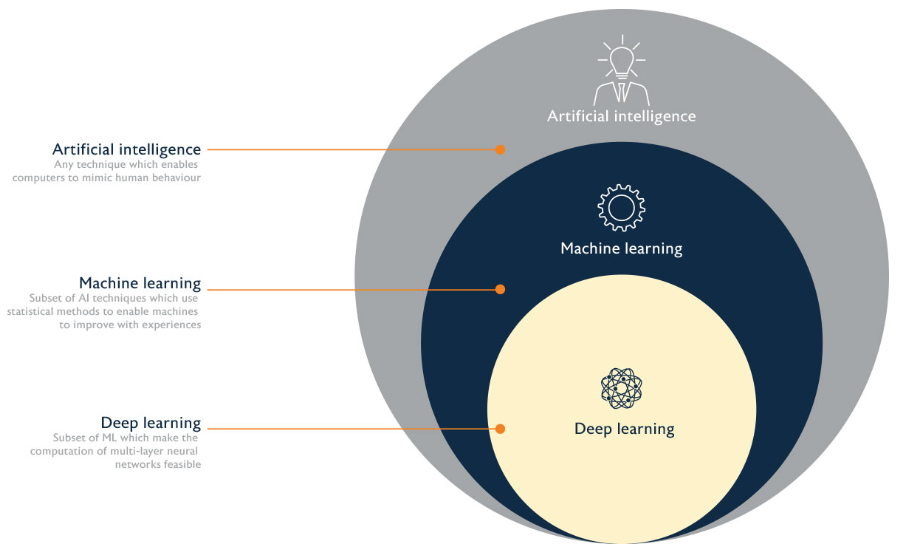
(image from blogspot.com)
Artificial Intelligence (AI)
AI is the most general of those terms; it wraps all of the others.
It was coined by the late John McCarthy, iconic Stanford computer scientist (not to be confused with Big John McCarthy, iconic former UFC ref).
His concise definition of Artificial Intelligence:
“AI is the science and engineering of
making intelligent machines.”
These 'intelligent machines' are designed to perform tasks and make decisions that we would consider to be human-like.
Human-like? "Intelligence"??
That last simple statement is enough for us here.
Be aware, however, that there is a very thick technical and philosopical discussion about what qualifies as "human-like" and even what the "I" in AI — "Intelligence" — really means.
It's very interesting, but we don't have to jump into the deep end of that debate.
Machine Learning (ML)
Machine Learning is a sub-field of AI.
ML is a set of statistical techniques that "learn" to predict a result from the data.
Many of us are familiar with a traditional ML technique that we study in a Statistics course: regression analysis.
You might perform a regression analysis when you want a length-to-weight relationship for your shrimp crop.
As you add more data, you expect the output to improve.
In some sense, the regression will have "learned" from the data.
In the world of AI, that example is a type of 'shallow learning'.
All Machine Learning is AI, but not all AI is Machine Learning.
An example of AI that doesn't involve ML: Natural Language Processing.NLP enables AI devices to perform the very complicated task of understanding human language as text or speech and then take action.
Examples: virtual assistants like Siri and Alexa; and amazing text-to-image generation software like Stable Diffusion and DALL-E.
As an example of Stable Diffusion's power, I typed in "A three-dimensional model of shrimp in a frying pan" and after less than one minute it produced this image:
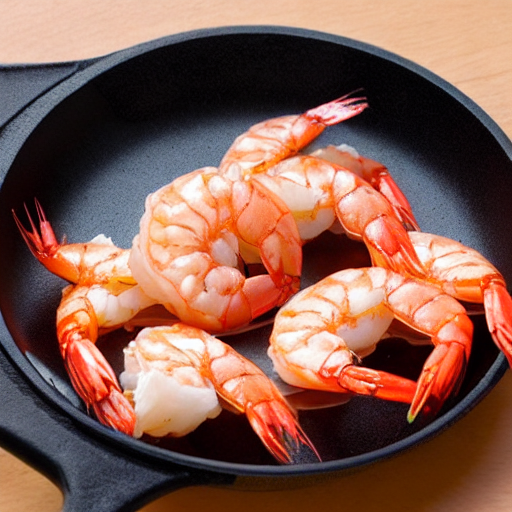
The AI agent didn't search the Web and find that image; it produced it from my nine-word text instruction.
Not a Bob Ross original — and at least two of the shrimp have two tails! — but the software is at an early stage of development, yet it's still amazing.
Deep Learning (DL) & Deep Neural Networks (DNN)
The growing computational power of computers has spawned much more powerful ML techniques based on Neural Networks.
Deep Learning is a sub-field of ML (Fig. 1) built on Artificial Neural Networks (ANN).
An ANN — usually shortened to just NN — is an algorithm designed to mimic the way neurons work in our brains.
The simplest NN has three layers: an input layer, an output layer, and a single hidden layer sandwiched between them.
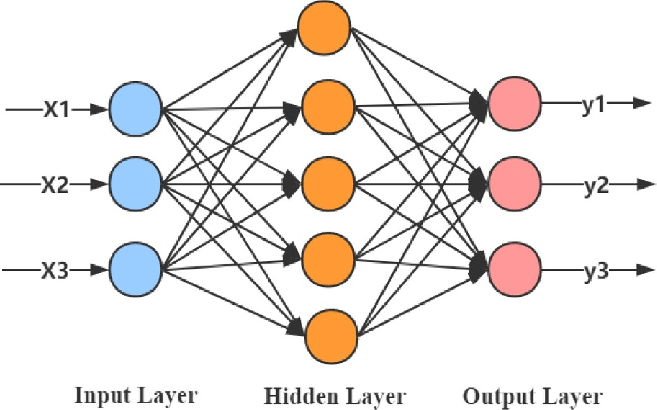
(from Huang, M. et al. (2019) Simulation Modelling Practice and Theory 102:101981)
What makes a Deep Neural Network (DNN) "deep" is the number of its hidden layers: "Deep" just means that there are many hidden layers between the input and output layers.
The learning 'magic' happens within those hidden layers.
DNNs are classified by the way their layers are connected.
In Fig. 2, every node — i.e., every circle — is connected to every node of its immediate neighbors, but other relationships are appropriate for solving certain problems. (That's a very interesting and rich subject, but we'd drift way off course if we even scratched its surface here.)
If you'd like to know more about NNs, here's a short YouTube video. And if you're up for a bit longer explanation, here's one from Grant Sanderson's always excellent 3Blue1Brown series.
(If you have some linear algebra under your belt and about 30 minutes, this video from Samson Zhang provides a concise overview of how a simple neural network does its 'magic'.)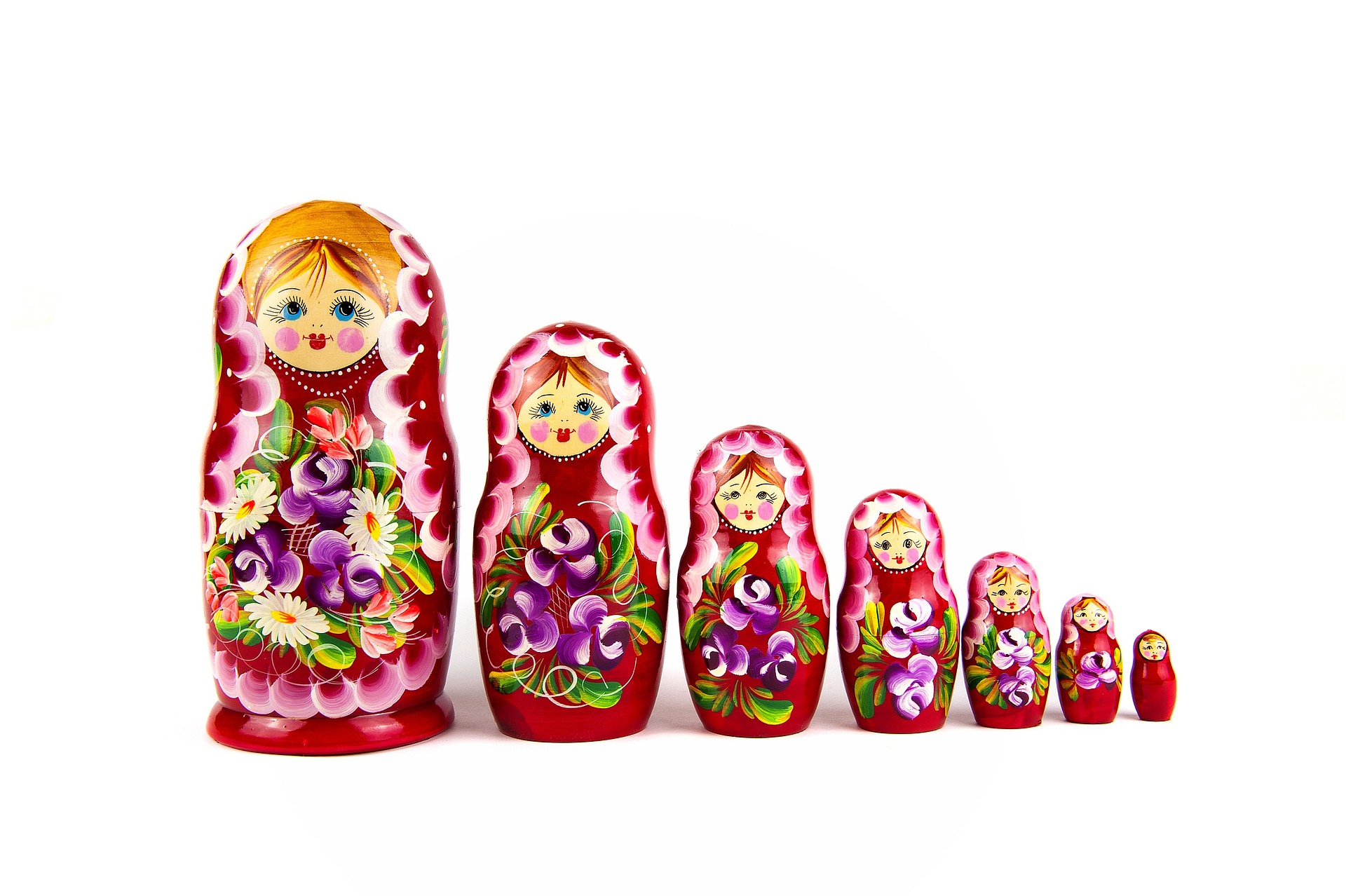
The Case for AI/ML in Aquaculture
What's the case for using ML in aquaculture?
I came across a short example from Physics that provides both the motivation and a justification for using ML in aquaculture.
Unlike RAS, Physics has time-tested equations that solve a range of complicated problems in the traditional (non-ML) way.
For example, Newton's Laws of Motion and Universal Gravitation predict the orbits of planetary bodies with impressive accuracy.
Princeton physicist Hong Qin [pronounced “chin”] highlighted ML's power by solving that same problem with an ML model.
He trained the model with orbital data of Mercury, Venus, Earth, Mars, Jupiter, & Ceres (a dwarf planet in the asteroid belt between Mars & Jupiter).
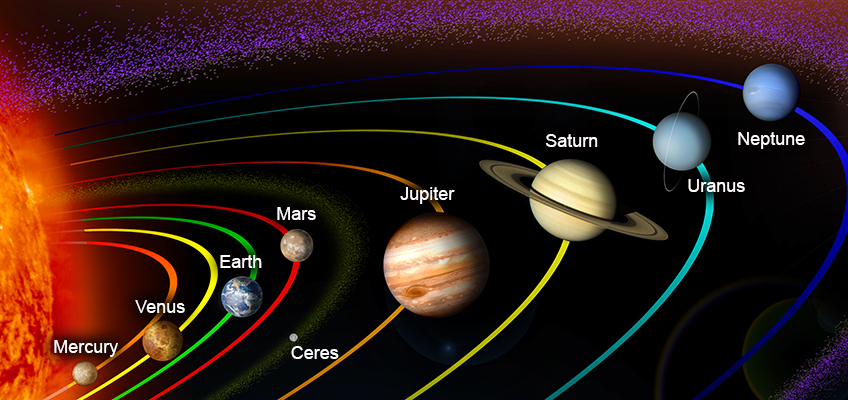
(image from Wikimedia Commons)
He then used the trained model to correctly predict the orbits of other planetary bodies in the solar system, along with their parabolic and hyperbolic escape orbits.
Why is that interesting?
Because the ML model was not programmed with Newton's Laws;
it didn’t “know” anything about them;
it accurately solved the problem with only the data.
OK. But what does that have to do with aquaculture?!
Aquaculture doesn't have the equivalent of Newton's Laws
to accurately predict water quality, biomass, etc.
But Qin's work shows that we might make
valuable predictions with an ML approach and RAS data.
That's an important point. We'll drive it home by "translating" three of Qin's statements in terms of aquaculture.
Qin: "...if I can perfectly predict a planetary orbit, [then] I don't need to know Newton's laws of gravitation and motion."
Us: ...if we can perfectly predict water quality, then we don't need to know the equations of aquaculture water chemistry.
Qin: "...I'm...replacing [standard Physics equations] with a type of black box that produces accurate predictions without using traditional theory..."
Us: ...we're...replacing standard aquaculture water-quality equations with a black box that accurately predicts water chemistry without traditional stoichiometry...
Qin: “Essentially, I bypassed all the fundamental ingredients of Physics. I go directly from data to data... There is no law of Physics in the middle.”
Us: Essentially, we bypassed all the fundamental ingredients of water chemistry. We go directly from RAS data to results... There are no water-chemistry equations in the middle.
I interpret that as motivation for applying ML models to RAS.
The AI/ML track-record
AI — including ML — has had wild success solving a wide variety of very complex real-world problems that cannot be solved with traditional modeling methods. Among these...
- image classification
- simultaneous translation
- investment analysis
- protein folding
- medical diagnoses
- drone swarms
- stumble-proof robots
- industrial process control
- speech recognition
- computer vision
- insurance decisions
- pharmaceutical drug discovery
- landslide detection
- driverless vehicles
- umpire-less strike zones
- non-text search engines
Add humbling humans in chess, Gō, Bridge, Stratego, and on Jeopardy.
But the success of AI/ML will not make your hard-earned aquaculture expertise obsolete any time soon.
"For all their hauntingly accurate results,
deep learning algorithms are not the general intelligences of science fiction the public often perceives them to be".
Even powerful AI agents have 'blind spots' that would not fool competent humans. For example:
-
Self-driving cars cannot always recognize traffic signs plastered with random stickers or graffitti (but we can).
-
KataGo's championship Gō-playing AI has had vulnerabilities exposed that never would dupe even an amateur human player.
A reassuring consequence: Flesh-and-blood aquaculturists will remain at the center of successful RAS.
That's an important point. Let's expand on it next.
The Role of Flesh-and-blood aquaculturists
With the success of AI/ML in other fields and its potential to advance RAS, it's fair to ask...
Will there be a place for aquaculturists in an AI world?
We can't ignore the AI applications all around us that once were the stuff of science fiction: smart checkout, online chatbots, surgical robots, driverless cars, robot-dogs (some even armed)...
It's hard not to imagine that AI is on a trajectory that will put humans out of work. Blue-collar and white-collar.
So why not aquaculturists, too?
AI or...IA?
Some in the field separate the AI hype from the AI reality and convincingly argue that AI's most productive role will be in enhancing — not replacing — humans in the workforce.
They even have flipped AI to IA – Intelligence Augmentation.
IA is not a separate technology; it's AI with a different focus.
"IA is the use of technology
to supplement...human intelligence,
with humans...at the center of...decision making..."
A Harvard Graduate School of Education report explains IA with a Star Trek TNG analogy.
"...Captain Picard’s judgment, decision making, and deliberation skills are enhanced by the reckoning, computation, and calculation skills of Data, an android lacking human abilities.
"The synergistic combination of Picard’s judgment and Data’s reckoning provide better decision-making outcomes than the sum of their individual contributions.
An AI/ML Sandwich
Another metaphor describes how AI will not take over your job but will be an assistant that takes over certain tasks that help you do your job. This is the "Sandwich Workflow":
"[It's] a three-step process. First, a human has a creative impulse and gives the AI a prompt.
"The AI then generates a menu of options.
"The human then chooses an option, edits it, and adds any touches they like."
You remain at the center of your work.
So, returning to the question asked above:
Will there be a place for aquaculturists in an AI world?
The answer is: Yes.
They'll be the Jean-Luc Picards making management decisions based, in part, on the RAS analyses supplied by AI's Mr. Data.
Maybe surprisingly, experienced aquaculturists also will have an important role in developing RAS Deep Learning models.
Successful DL models are not only about deep math; they combine ML algorithms with deep domain knowledge.
"Contrary to public belief, [driverless cars] are not powered by one massive monolithic model connecting sensors to steering wheel.
"...their incredible capabilities are...a collage of specialized
deep learning & hand-coded
algorithms working in concert".
In our case, the hand-coded rules will be based on the practical experience of RAS aquaculturists and certain stoichiometric features of RAS water chemistry.
So, besides supplying the seed-to-sale "Manual Labor ML" that produces a crop, the domain knowledge of skilled aquaculturists still will play the central role in culture ops in an AI/ML world.
Again: The RAS aquaculturist will be Captain Picard and the RAS AI agents will be Mr. Data.
ML & The Water Quality Map
The Water Quality Map is a software tool that makes managing RAS water chemistry as simple as using Google Maps.
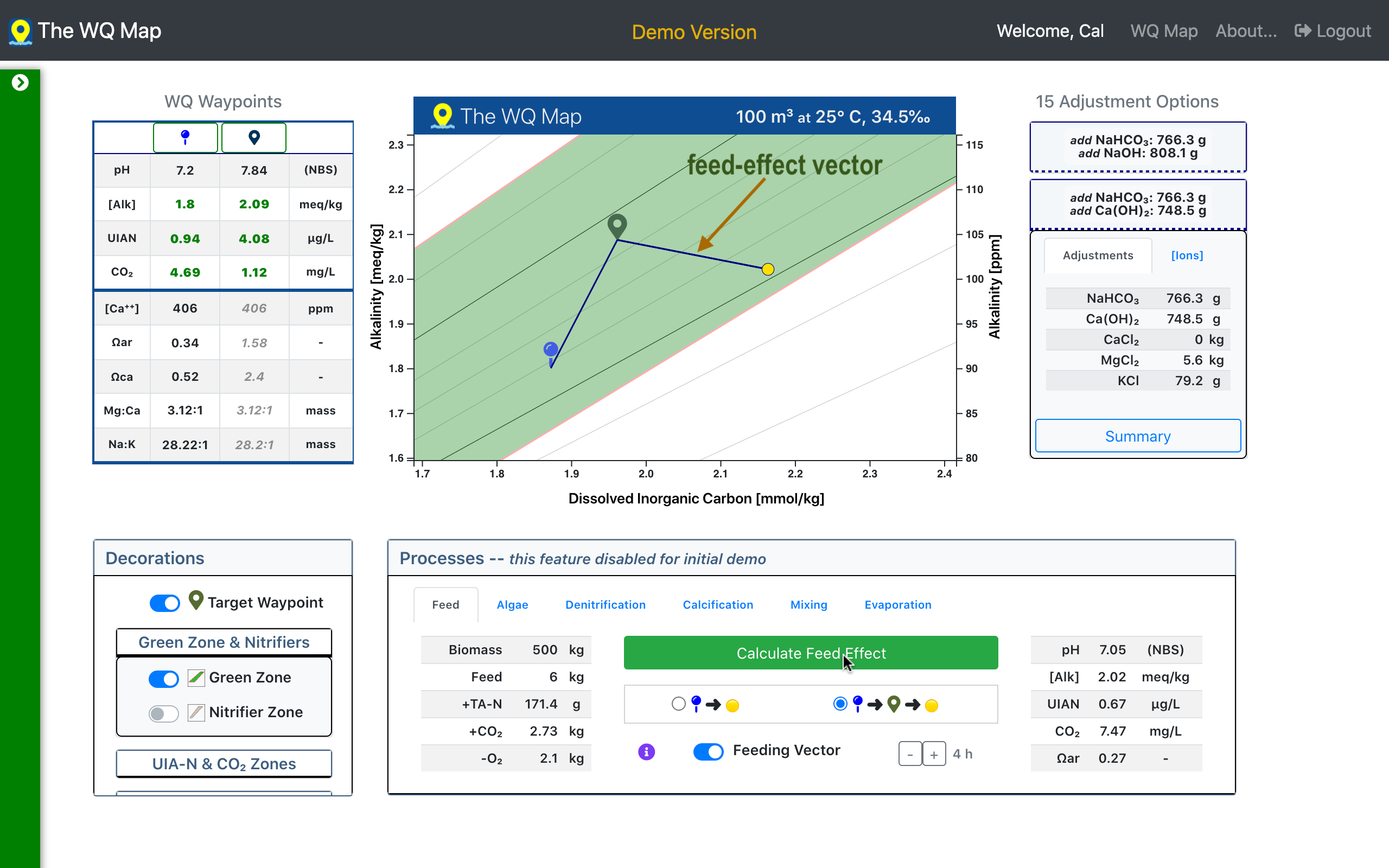
That innovation brings precision control of water chemistry to aquaculturists, regardless of their tech background.
It's also an effective training platform for students and staff.
The current version has traditional stoichiometry at the core of its chemical calculations.
That limits its ability to account for the dynamic, non-linear interactions of real-world RAS.
An ML model that forecasts water quality from the most recent h hours (or d days) of sensor data would improve its predictions.
That would equip RAS aquaculturists with crop-specific predictions instead of static, one-size-fits-all predictions.
TinyML techniques would fit the model “at the edge” to avoid a round-trip to the Cloud for processing. Beyond the added efficiency, that's essential for facilities with limited connectivity.
Additional ML enhancements for the software would help...
- ...predict the effects of carbohydrate additions on biofloc aggregates and water quality (a critical control problem for RAS biofloc).
- ...detect water-quality anomalies more quickly and confidently than possible for a human operator.
- ...coordinate flow among IMTA processes, each process with its own Water Quality Map linked to the others. That would optimize sequestering of CO2 in marketable algal biomass.
What will it take to realize that project upgrade?
The same for all ML projects: Data. Good data. And lots of it.
If you dip into the optional materials, you'll find more on data and RAS ML models in the Data Augmentation section.
First things...last
After introducing Machine Learning and some of its virtues in this post, we'll kind of circle back to what many practitioners consider to be The First Rule of Machine Learning:
And Google's Machine Learning Rule #1 (of 43):
"If machine learning is not absolutely required...[then] don't use it until you have data."
Google's Rule #3 addresses when you should use ML: When your non-ML model becomes too complex to maintain and improve. (This is the current situation with the Water Quality Map; it's too complicated to improve it with traditional stoichiometry.)
There are open-source technologies available to develop ML models (e.g., TensorFlow, PyTorch, Kemu), but it all gets down to — again — having the data. Good data. And lots of it.
Sustainable seafood production remains a topical, high-impact issue. (If you're reading this, then you already know that.)
AI and ML have the potential to advance the profitiability and sustainability of such systems, especially configured as RAS.
Implementing those technologies is an interdisciplinary task for a team that combines deep expertise in aquaculture and in ML.
Teams that have taken up that challenge with innovative solutions include Atarraya (the ShrimpBox) and the French group BiOceanOr (predictive analytics for sustainable aquaculture).
AI/ML is a very fast-moving field. It's worthwhile — perhaps even necessary — for aquaculturists to understand the fundamentals. That was the motivation for this post, which will be updated as needed. Stay tuned.
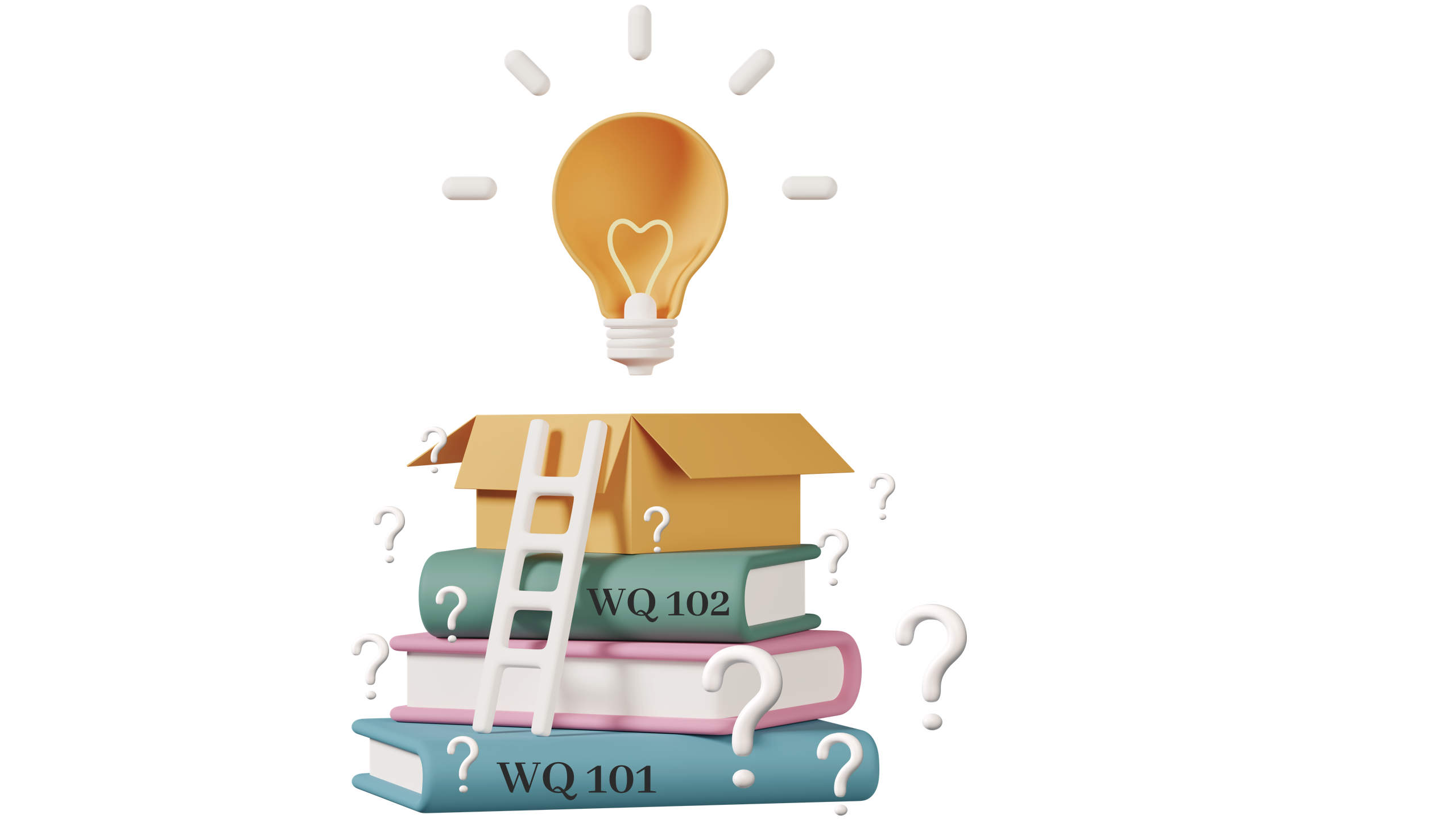
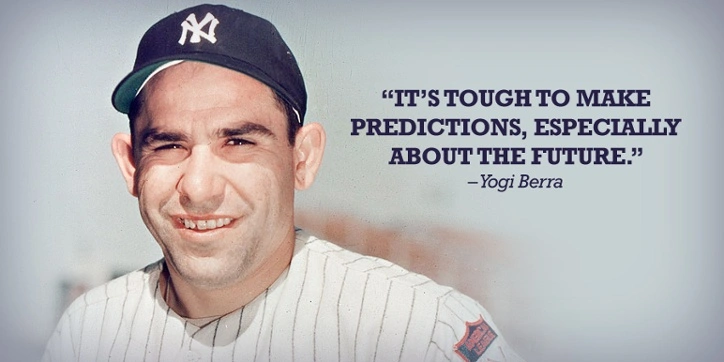
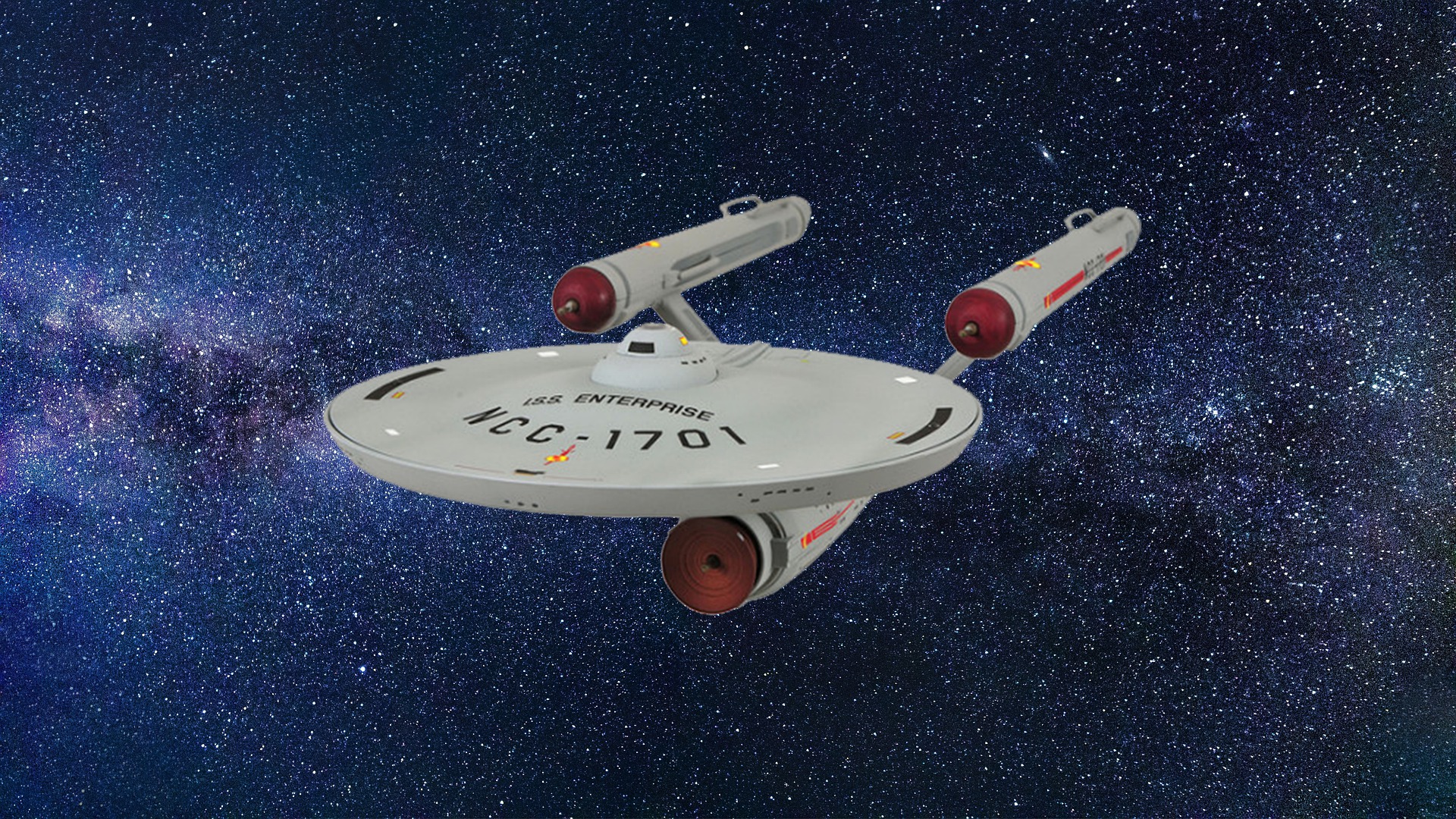 Image by
Image by